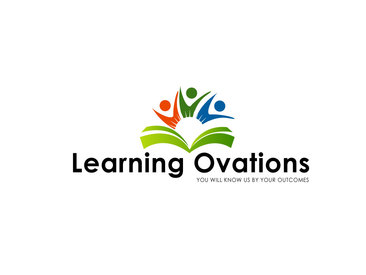
The importance of 3rd grade reading cannot be overstated. From kindergarten through 3rd grade, children are learning how to read. However, in the 4th grade, there is a shift to reading to learn. Children who enter 4th grade and are proficient at reading only have a 9% chance of dropping out of high school. Conversely, the dropout rate for students who are below basic reading levels in the 4th grade increases to 23%. Dropouts are 63% more likely to go be incarcerated (Annie E. Casey Foundation) and 75% of all crimes are committed by high school dropouts (Education Week). In fact, some states project requirements for prison beds based on 3rd Grade reading rates. Undereducated students who do graduate often grapple with long-term unemployment/under-employment and can be viewed as unemployable. This creates long-term personal and societal repercussions due to reduced income throughout their life, continuing inability for business to complete globally in the growing technologically based markets and accelerating the cost of pervasive poverty. McKinsey and Co. has shown that the education gap between workers’ potential had they been better educated and where they are today, represents $2.3 trillion per annum-economic losses. This is equivalent to an ongoing, perpetual Great Recession.
While the impact of these numbers can be alarming, there is a tremendous opportunity for change. The potential for growth and advancement in North America is profound. With Learning Ovations’ technology and research, (see http://www.workingdifferently.org/learning-ovations.html) we can teach EVERY child to read by the 3rd grade, turning this crisis into an economic opportunity on a massive scale. Further, with STEM occupations pegged to grow by 17% between 2008 to 2018 (nearly twice the rate of other non-STEM jobs) it is incumbent for all of us to take up the gauntlet – our livelihoods depend on it! (See our separate “Call to Action” for details). Scientific American (September 2013) reports that 60% of students lose interest in science and mathematics in elementary school, with a precipitous drop in 5th Grade – right when, for nearly an equivalent number, their inability to read becomes manifest! Learning Ovations has its hand squarely on driving that gear of change -- we improve the outcomes of ALL children. Yes, struggling readers and students living in poverty improve to grade level or above, but perhaps even more profoundly, our classrooms show dramatic improvement in children reading at proficiency levels or above: 75% in Learning Ovations classrooms versus only 32% nationally. In other words, we increase the potential pool of STEM achievers by significantly more than double the national average.
Finally, the key for all businesses and economic development policy makers to remember: Re-think of how you view third graders: in just over ten years they will be your employees, customers and core to your region’s business attractiveness. Don’t value them lightly.
To be tweeted links to my new posts -- blog, book reviews (both nonfiction and fiction), data or other recommended tools -- go to the workingdifferently.org Home page and click on the Twitter button on the right, just above the tweet stream, and follow me @jcrubicon.
References:
Hernandez. “Double Jeopardy: How Third Grade Reading Skills and Poverty Influence High School Graduation.” The Annie E. Casey Foundation. 2011 http://www.aecf.org/~/media/Pubs/Topics/Education/Other/DoubleJeopardyHowThirdGradeReadingSkillsandPovery/DoubleJeopardyReport040511FINAL.pdf
Education Week, Children Trends Database. “High School Dropout Statistics (US)” 2013
http://www.statisticbrain.com/high-school-dropout-statistics/
Auguste, Hancock, Laboissière. “The economic cost of the US education gap.” McKinsey & Company 2009
http://www.mckinsey.com/insights/social_sector/the_economic_cost_of_the_us_education_gap
Connor, Morrison, Fishman, Schatschneider, Underwood. “Algorithm-Guided Individualized Reading Instruction” American Association for the Advancement of Science 2007
American Association for the Advancement of Science
 RSS Feed
RSS Feed
